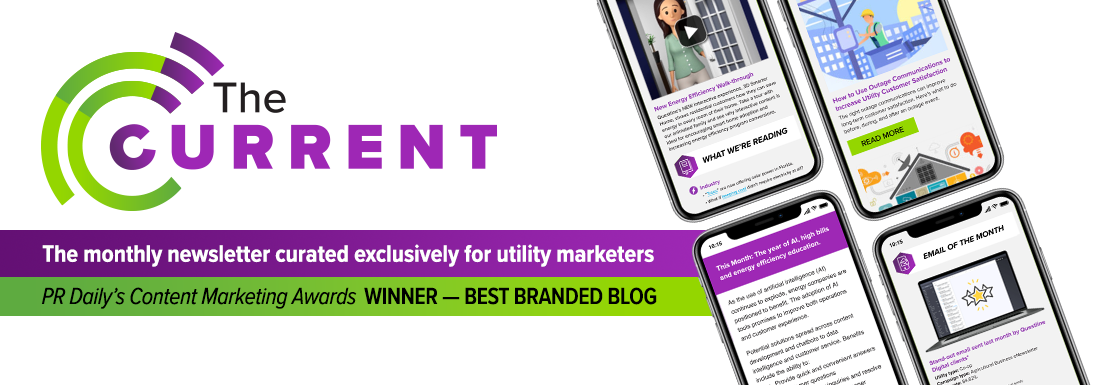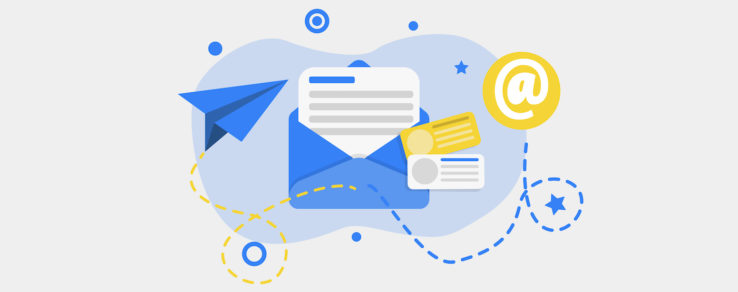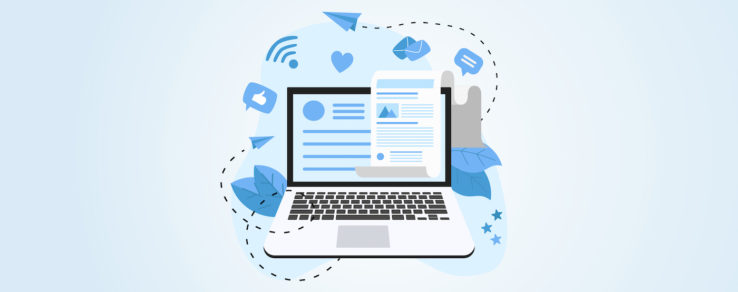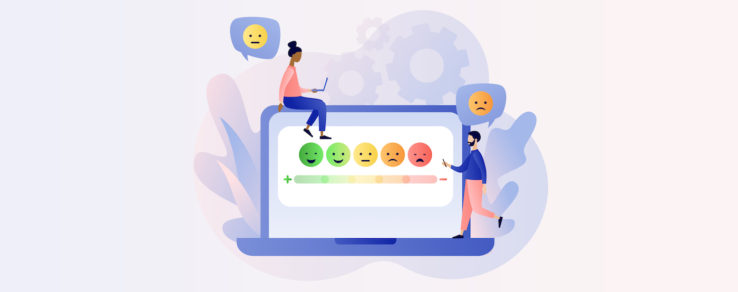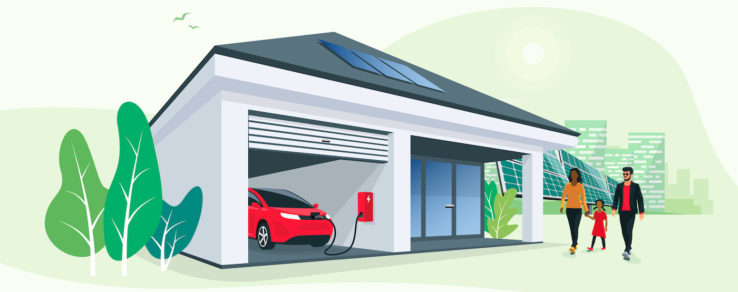
Battery Storage: What Energy Utility Customers Need to Know
Electricity is typically consumed as soon as it’s produced. Rechargeable batteries can store electricity at times when demand is low and power generation is high. It sounds simple, but your residential customers need to be educated about how battery energy storage works, the difference between battery types and what it takes to integrate batteries with
